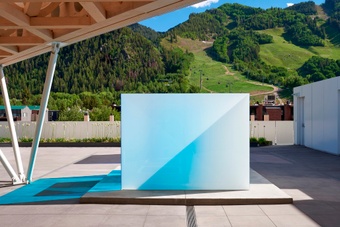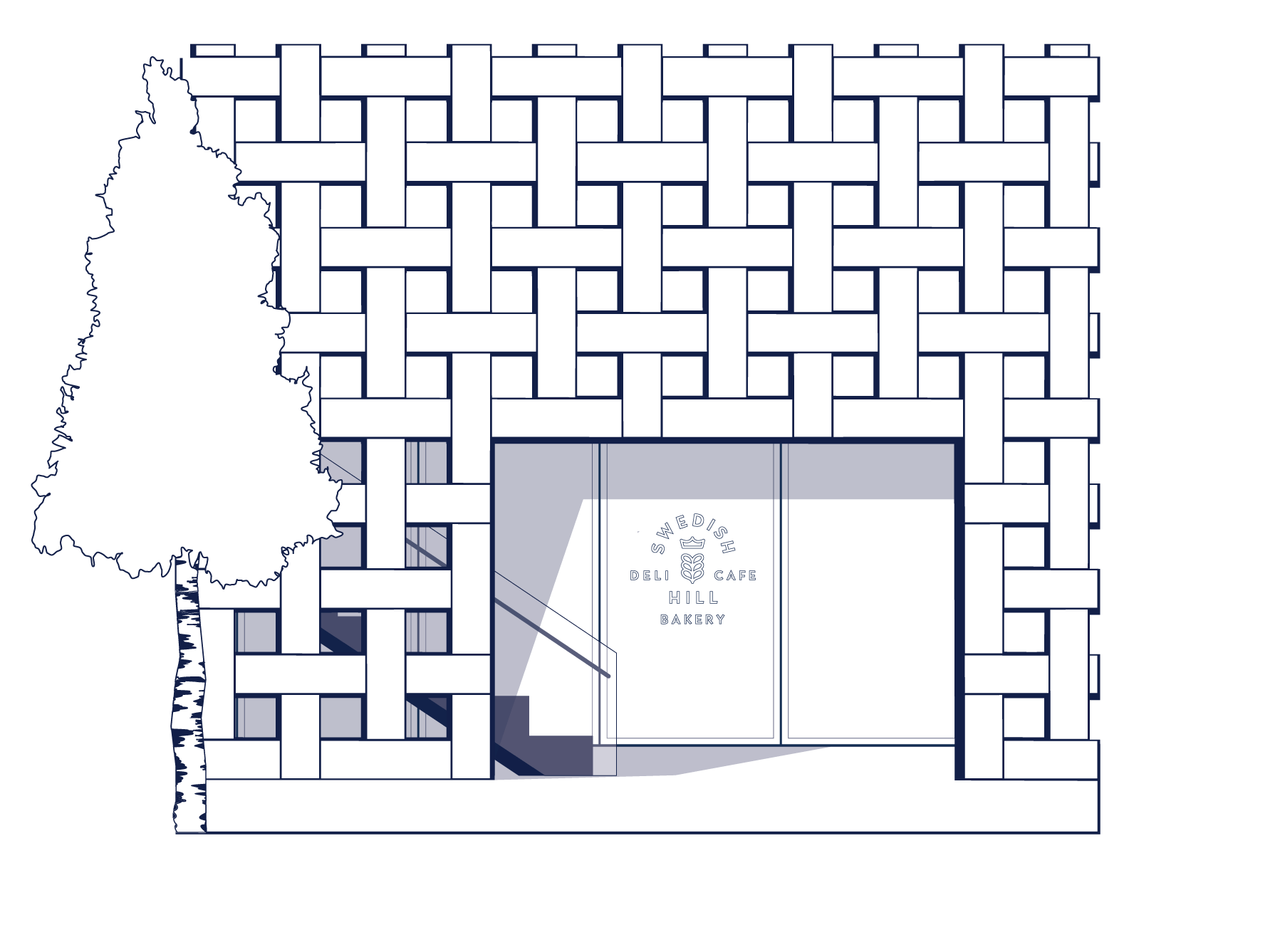Aspen Art Museum
ArtCrush Honoree: Shigeru Ban
The urban fabric of Aspen consists of two-story brick buildings built in the late 19th century, when the city was a mining hub. As it became a destination for ski enthusiasts in the 1940s and steadily evolved into a glamorous holiday destination, the character of downtown didn’t change. Famous architects like Renzo Piano, John Lautner and Antoine Predock had commissions within the city limits, but their buildings were all private homes. The unveiling of Ban’s building for the museum in 2014 was something of a turning point. “The architecture speaks,” says Spencer Bailey, a New York-based architecture critic who grew up in nearby Breckenridge. “It’s a way of saying that Aspen is a serious art town.”
While the Aspen Art Museum is distinctive, and initially received mixed reviews, it has proven to be a good neighbor, in dialogue with its surroundings. The facade’s brown hue, boxy silhouette and grid pattern nod to the brickwork found throughout the town. Its visual porosity invites curiosity; it’s not an opaque box that announces exclusivity. Upon entering, visitors can choose to wander through galleries situated in the building’s core or ascend a 10-foot-wide staircase on the perimeter that leads directly to a rooftop mountains. Throughout the building, Ban has relied on wood, anticipating today’s craze for timber. The material has a lower carbon footprint than steel and concrete and also radiates a sense of warmth.
The year the Aspen Art Museum opened to the public, Ban was awarded the highly prestigious Pritzker Architecture Prize. The award jury celebrated the architect’s sense of social responsibility, commitment to sustainability and respect for the people who use his buildings. These values are as evident in the museum as in Ban’s other projects, which include refugee shelters and disaster-relief projects. In the hands of another architect, the museum might have become an ostentatious stylistic statement that never settled in. However, Ban’s building has aged gracefully, earning the approval of its community in the process. “It’s a very sensitive building,” Bailey says. “It quickly became a beloved part of town and that’s because it is good architecture.”
On August 2, Shigeru Ban will be presented with the Aspen Award for Art at the ArtCrush gala.












